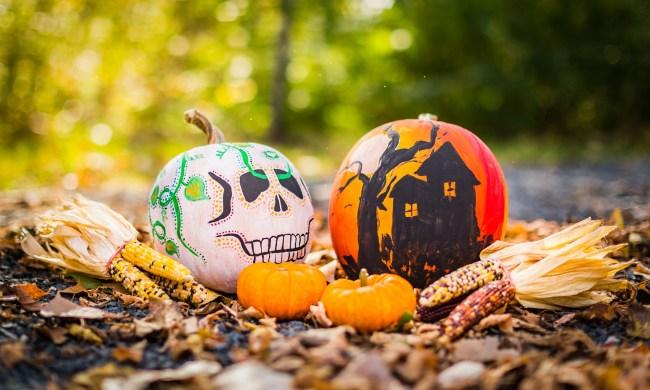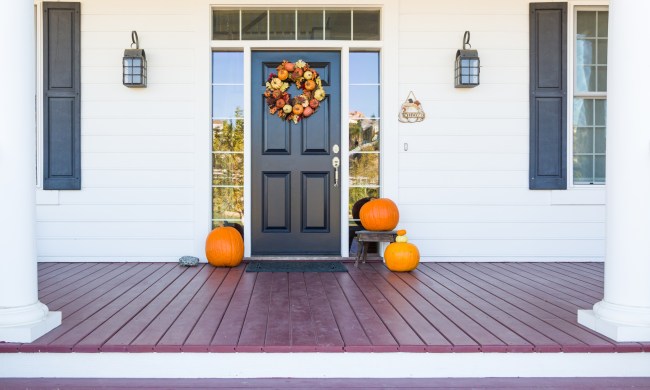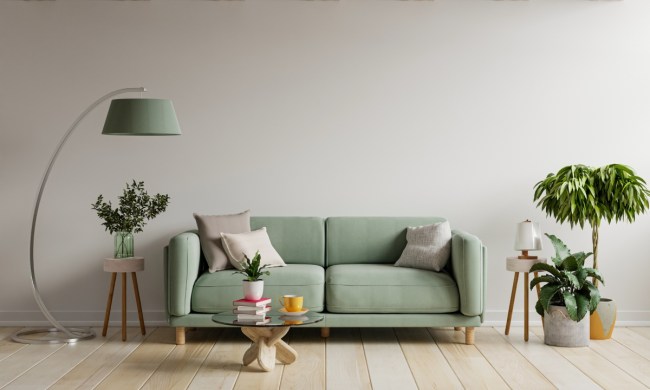If you do not have the expansive, sun-soaked yard of your dreams, don’t give up hope. Even with a small side yard and minimal sunlight, you can grow fresh veggies right in your garden. Don’t let less than ideal conditions ruin your vegetable garden plans.
A quick rule of thumb for shady gardens: Choose herbs and veggies that can grow in lower light — there’s still a lot to choose from. Let’s take a look.

Understanding your type of shade
Growing vegetables will require just a bit of sunlight, even if it’s dappled. However, your veggies must have some sunlight in order to build roots or establish leaves. Take a close look at the type of sunlight and shade your garden gets. Sustainability website Treehugger.com, suggests making a sun map of your garden.
- Full shade: Receives fewer than two hours of sunlight per day. These areas are not going to support vegetables no matter what you do. Stick with something like moss or ferns here.
- Light shade: Receives at least two hours of direct sunlight or receives plenty of ambient light reflected from a bright surface, such as a white fence or a body of water nearby. Now we’re talking! You can grow some veggies here.
- Partial shade: Receives between two and five hours of sunlight during the day, with dappled light the rest of the time. These areas will easily grow roots and leafy greens with a few fruiting vegetables thrown in. (Fruiting vegetables include tomatoes, peppers, and eggplants.)
Now that you know what type of shaded garden you have, let’s take a look at some good choices for your vegetable garden plans.
Grow greens with as little as two hours of sunlight
Salad greens are excellent for growing in a shady location for two reasons. First, large leaves are well-suited for soaking up whatever light is available, allowing you to plant your entire salad bar right in your yard. Second, too much heat and sun can force salad greens to bolt (grow flowers) and become too woody, creating a bitterness that doesn’t suit your salad.
Examples of salad greens include arugula, romaine, and purple lettuce. You can add things like kale and cabbage as well. Kohlrabi and bok choy are also suitable for a shade garden.
Grow root vegetables
Root vegetables also do better with some shade — the large greens help force nutrients into the bulb, and there won’t be enough heat to make the roots woody and bitter. Carrots and beets are excellent for shady yards and can help break up less than ideal soil as well. Go for a variety of colors of carrots, from classic orange to less common purples and whites. Also, golden and red beets can store for a long time.
Other root vegetables that are good for shady soil include small onions and hardneck garlic or radishes. Again, a variety of colors and types can keep your kitchen stocked.
If you have a bit of ground space, you can also grow potatoes. If you want to grow them more compactly, building a potato barrel can help save space while ensuring a big crop.
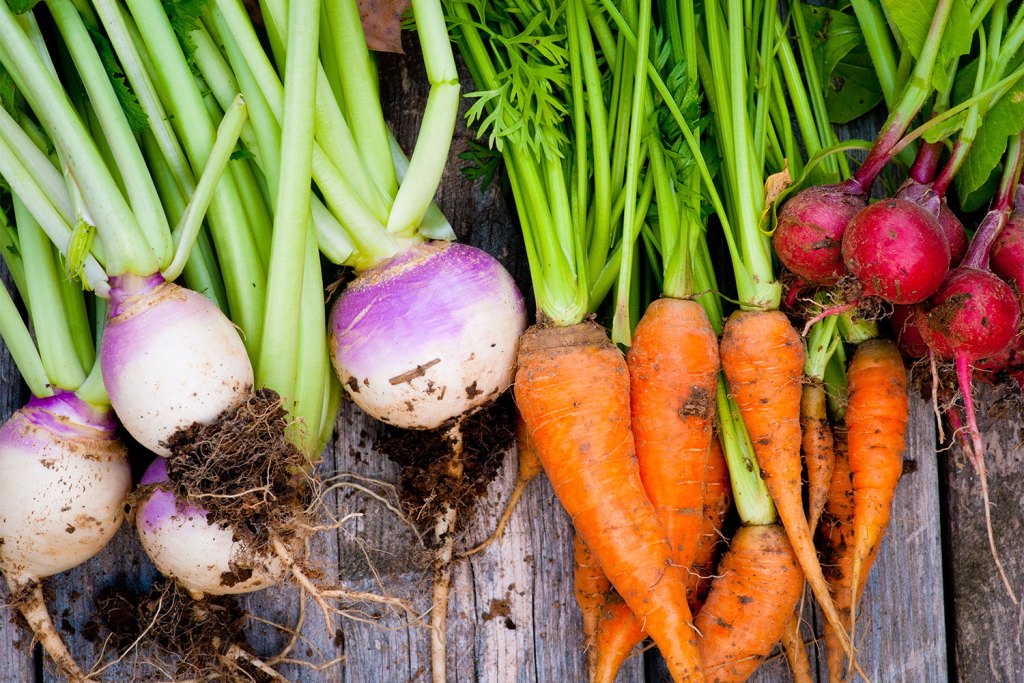
Grow herbs
Herbs can also tolerate some shade as long as you aren’t harvesting the herbs for their flowers. These options include basil, mint, catnip, lemon balm, and horseradish, among many others. Look for herbs that come back year after year to make your gardening plans much more manageable. Oak Hill Homestead states, “Many herbs grow well in light shade including parsley, mint, cilantro and chives.”
Try to choose versions of herbs designed for cooler weather conditions or that are quick growers. These sometimes have words like ‘Siberian’ right in the name, but be sure to check the tag for temperature tolerances. These ‘Siberian’ herbs are said to have many potent medicinal benefits as claimed by Medicine Hunter and research posted on Medical Xpress.
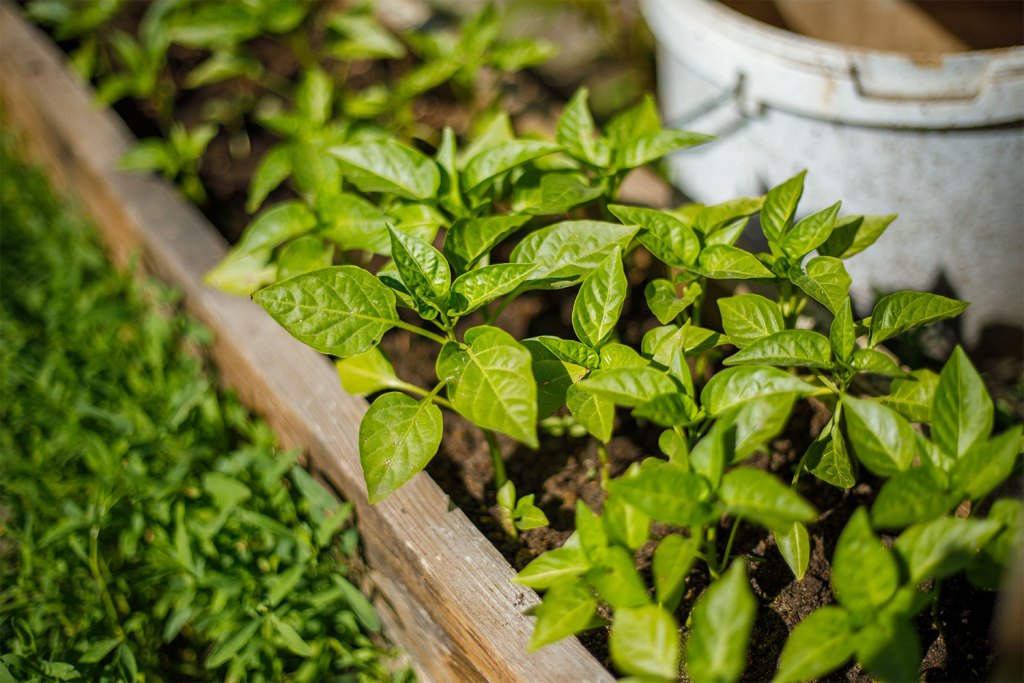
Partial-shade veggies
If you’re lucky enough to get a little more than two hours of sunlight per day, you may be able to grow some fruiting vegetables. Look for fruiting veggies designed for cooler weather in the same way you chose your herbs.
You might also look for fast fruiting versions, such as determinate tomatoes. These grow and put all their fruit out at once, giving the plant a concentrated growing time. Beans and peas are also quick growers in some cases, which may further expand your home garden.
It’s best to avoid long growing veggies like pumpkins or melons because your garden won’t get enough light to set flowers and then fruit. However, if you’re growing just for the decoration, something like a sweet potato vine could be a pretty accent plant.
Designing a vegetable garden that works
It’s important to acknowledge what type of garden conditions you have. Trying to grow things that need full sun will lead only to frustration. Maintaining a shade garden can be a productive activity as long as you choose plants that work well.
Focus on leafy greens and root vegetables until you understand how much sun your garden gets. This will give you plenty of nutritious options to grace your table with, and you’ll make your home garden something you can truly be proud of.
Gardening is a wonderful pastime. Working with your natural garden conditions will give you enjoyment, healthy foods, and a way to make the best use of a side garden when you aren’t sure what to do.

